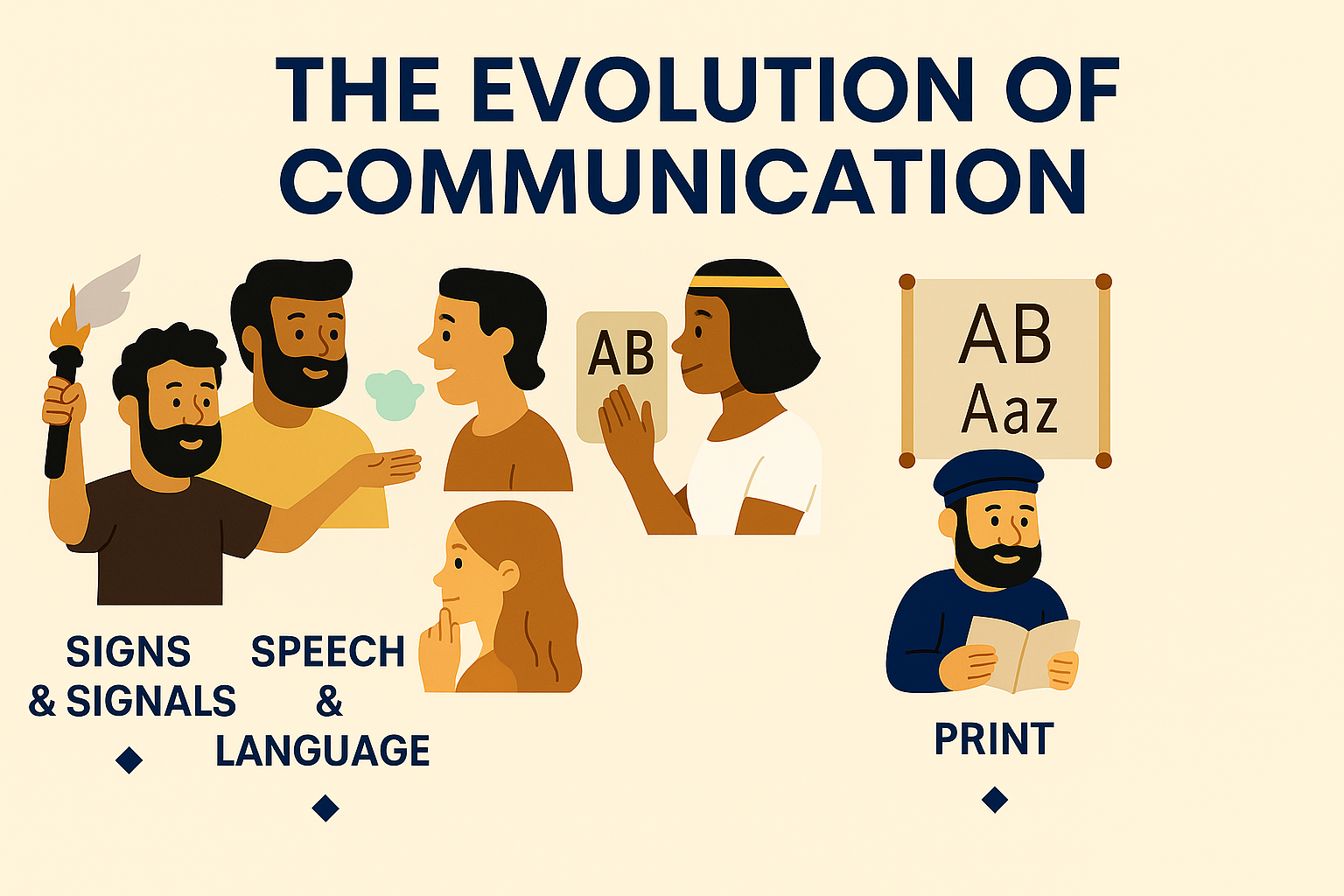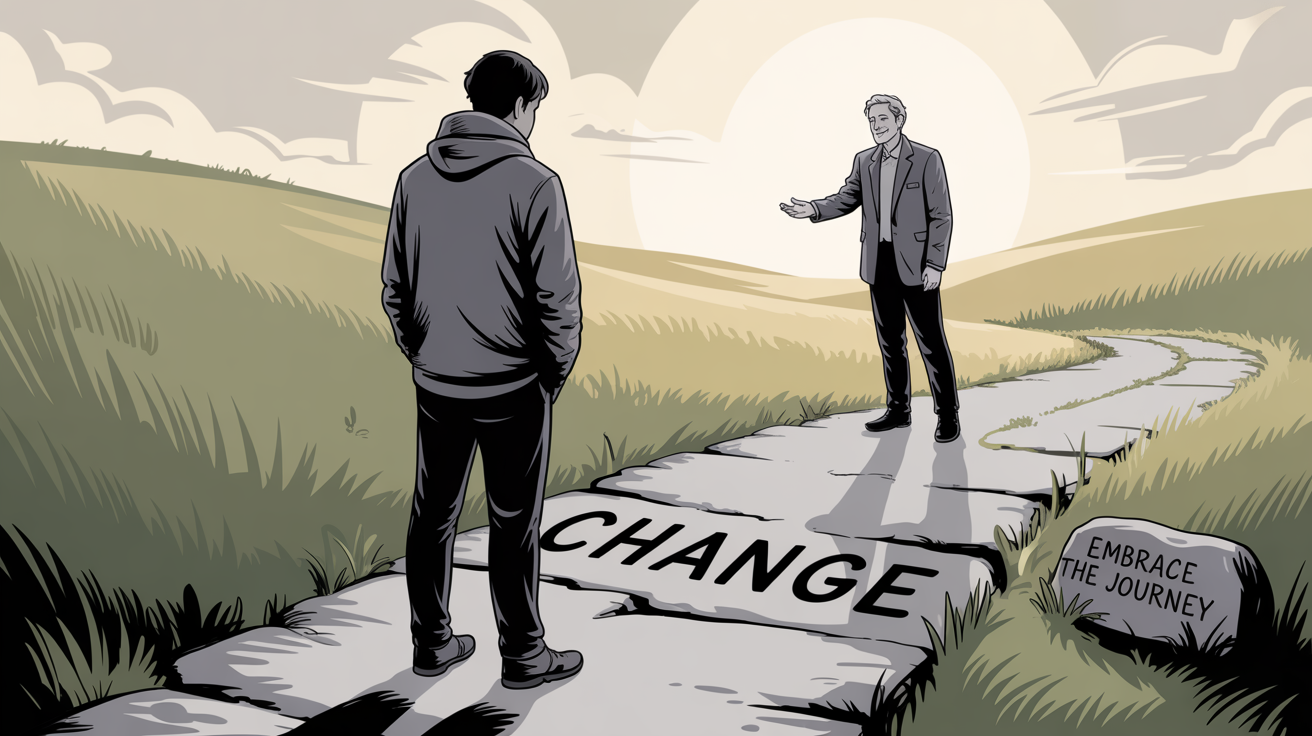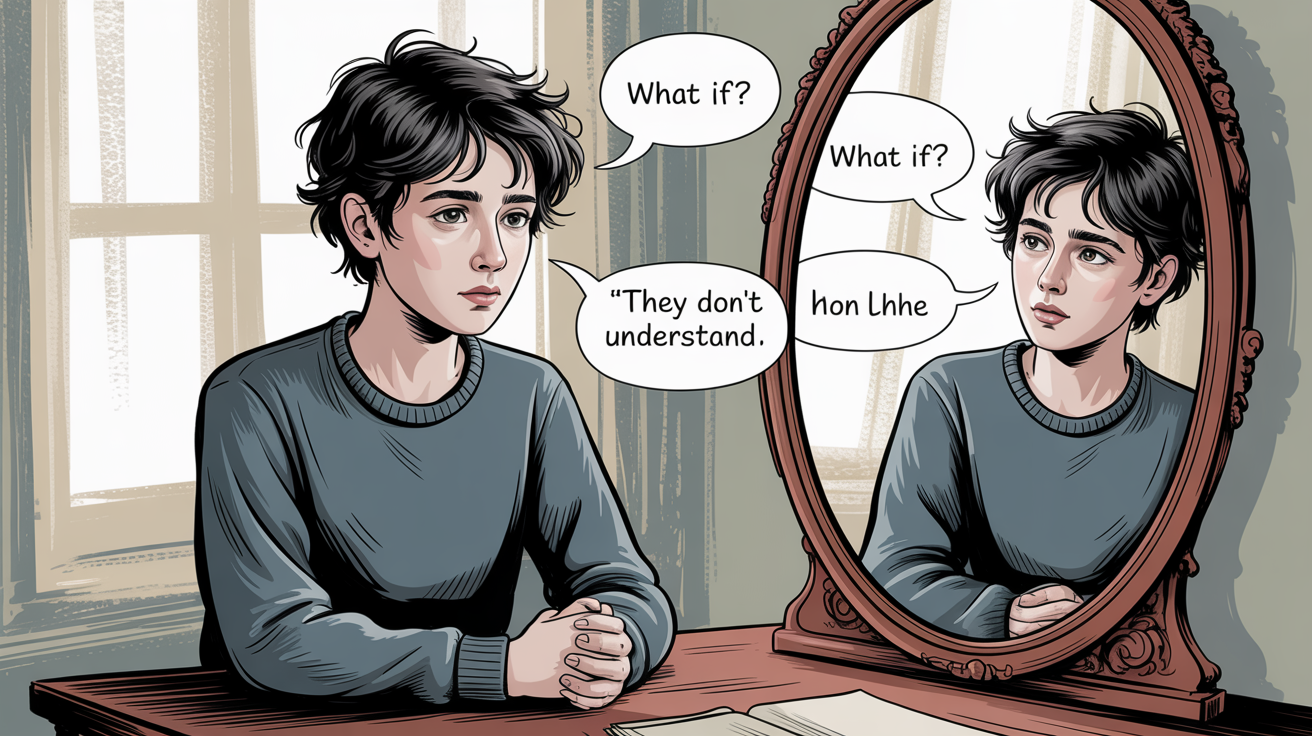Ever wondered how we moved from cave paintings to Instagram reels?
The story of communication is a fascinating journey through human history. It mirrors how we evolved—from surviving in jungles to building digital civilizations.
Let’s break it down into seven major ages, with simple examples and real-world connections to help students, UGC NET aspirants, and mass communication enthusiasts grasp it easily.
Contents
1. The Age of Signs and Signals
What It Was:
Early humans used grunts, growls, hand gestures, and natural elements like smoke or drum beats to send simple messages.
Real-Life Example:
- Smoke signals from one hilltop to another to warn of danger.
- Tribal dances used to express emotions or celebrate.
⚠️ Limitation:
Slow, imprecise, and couldn’t convey complex ideas.
2. The Age of Speech and Language
Evolutionary Leap:
With Cro-Magnon humans came skull and vocal developments enabling speech—our first truly flexible communication tool.
Real-Life Example:
- Storytelling around the fire: “Don’t go near that cave, a bear lives there!”
Impact:
Enabled planning, emotional expression, social bonding, and survival.
3. The Age of Writing
a. First Form – Pictography:
Cave drawings, Egyptian hieroglyphs, and Sumerian cuneiform helped humans record and remember.
b. Shift to Phonetic Writing:
Symbols began representing sounds rather than just objects.
Real-Life Example:
- Cuneiform on clay tablets recorded laws, taxes, and trade.
4. Alphabetical Writing
Simplification Begins:
Alphabets emerged to make writing easier and faster. Greeks introduced vowels; Romans refined script with lowercase and capitals.
Real-Life Example:
- Modern English alphabet descended from Roman script.
Impact:
Boosted literacy, record-keeping, and standard communication across empires.
5. Portable Media: From Stone to Scrolls
Challenge:
Early writing surfaces (stone/clay) weren’t portable.
Solutions:
- Egyptians created papyrus scrolls.
- Chinese invented paper, revolutionizing accessibility.
Real-Life Example:
- Ancient Egyptian manuscripts stored in libraries.
6. The Age of Print
The Printing Press:
Johannes Gutenberg’s invention in the 15th century allowed mass production of books.
Real-Life Example:
- The Gutenberg Bible—first book printed using movable type.
Impact:
Exploded literacy rates, enabled education, preserved knowledge, and spread religious and political ideas.
7. The Age of Mass Communication
Technological Boom:
From the telegraph to the internet, we now live in the era of instant, global communication.
Real-Life Example:
- Radio news during wars.
- Live streaming a presidential speech worldwide.
Impact:
Connects millions, enables global awareness, fuels media, marketing, politics, and education.
Summary Table
| Era | Key Tools/Examples | Impact |
|---|---|---|
| Signs & Signals | Grunts, gestures, smoke signals | Basic expression, survival instincts |
| Speech & Language | Storytelling, warning calls | Social bonding, planning, culture |
| Pictographic Writing | Cave art, hieroglyphs, cuneiform | Recording events, rituals, trade |
| Alphabetical Writing | Greek, Roman alphabets | Literacy, empire management, education |
| Portable Media | Papyrus, parchment, paper | Portability, archives, spread of knowledge |
| Age of Print | Gutenberg press, newspapers | Mass literacy, education, public opinion |
| Mass Communication | Radio, TV, internet, social media | Instant reach, mass awareness, globalization |
Conclusion: Why This Matters Today
Understanding how communication evolved helps us see why media matters, how ideas spread, and how we shape society. Whether you’re a journalism student, a content creator, or preparing for UGC NET, this timeline is your foundation.
Enjoyed this article? Scroll down to bookmark, share it with your classmates, or subscribe for more student-friendly media studies content!



